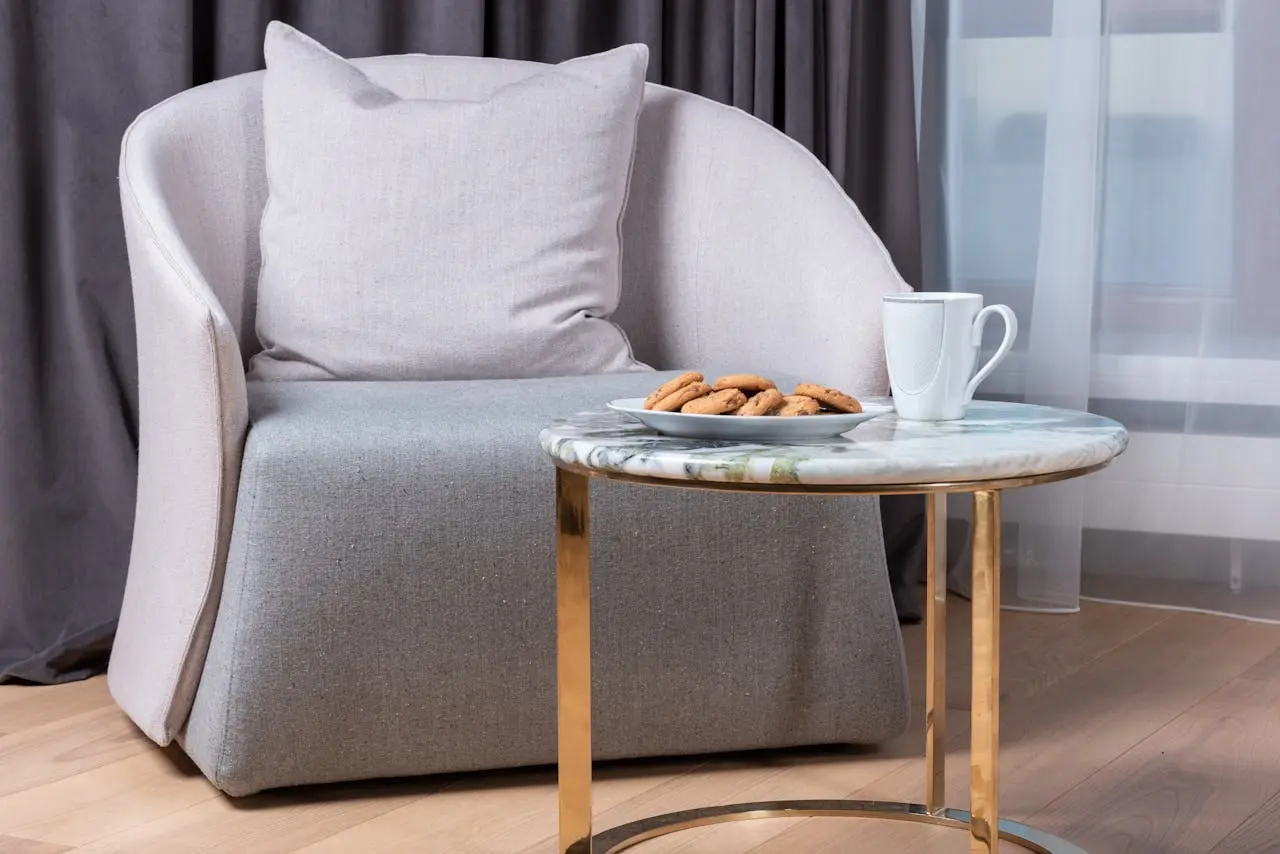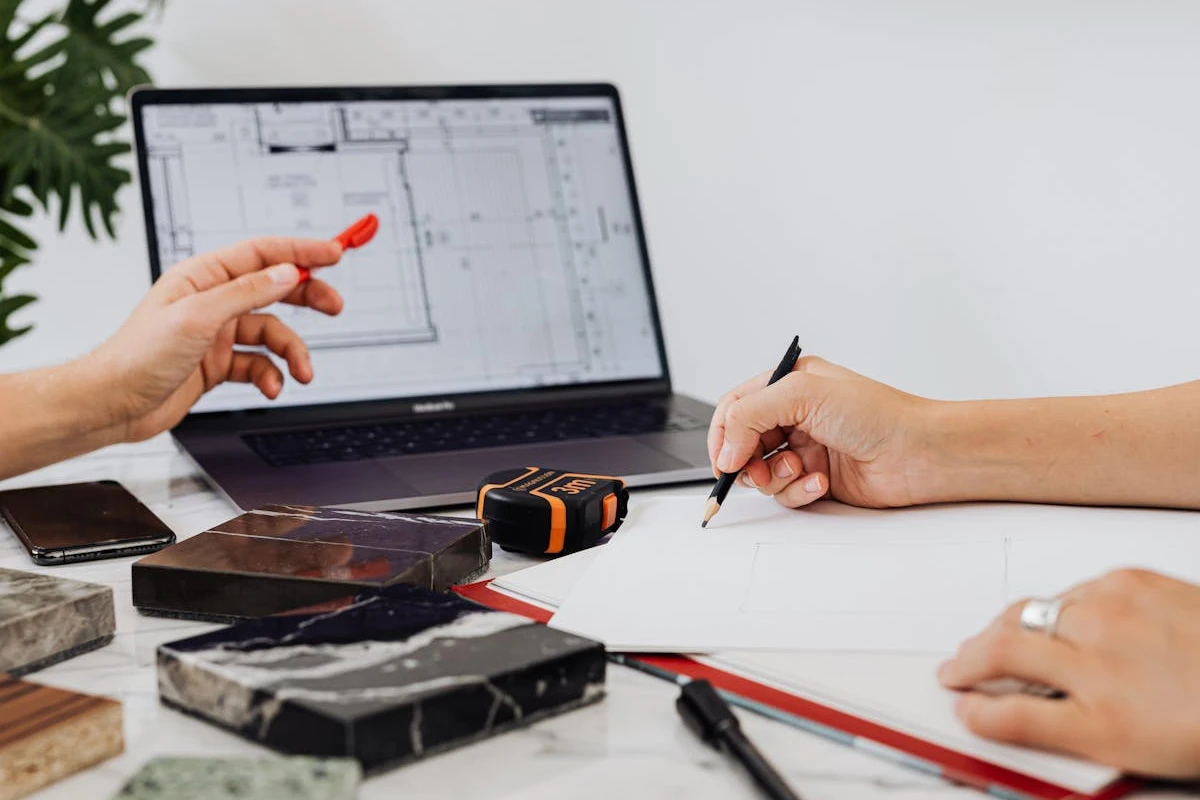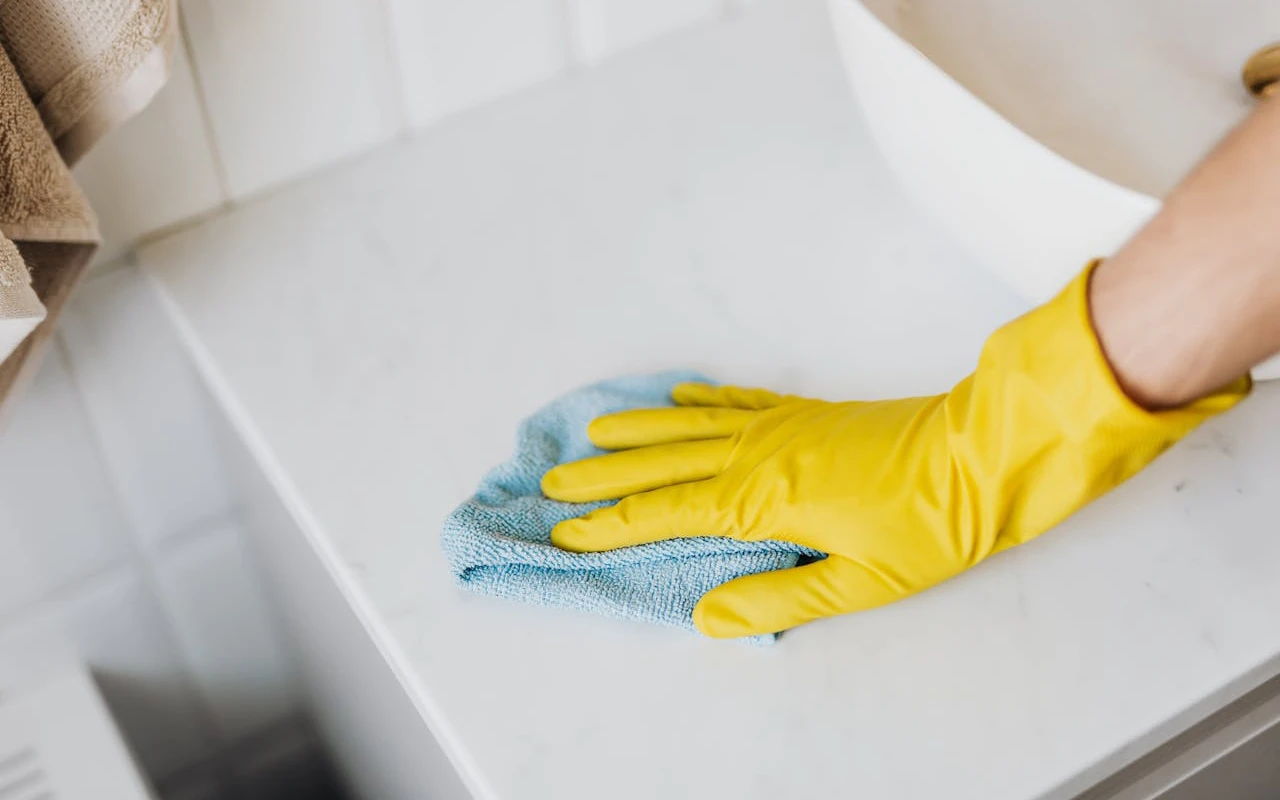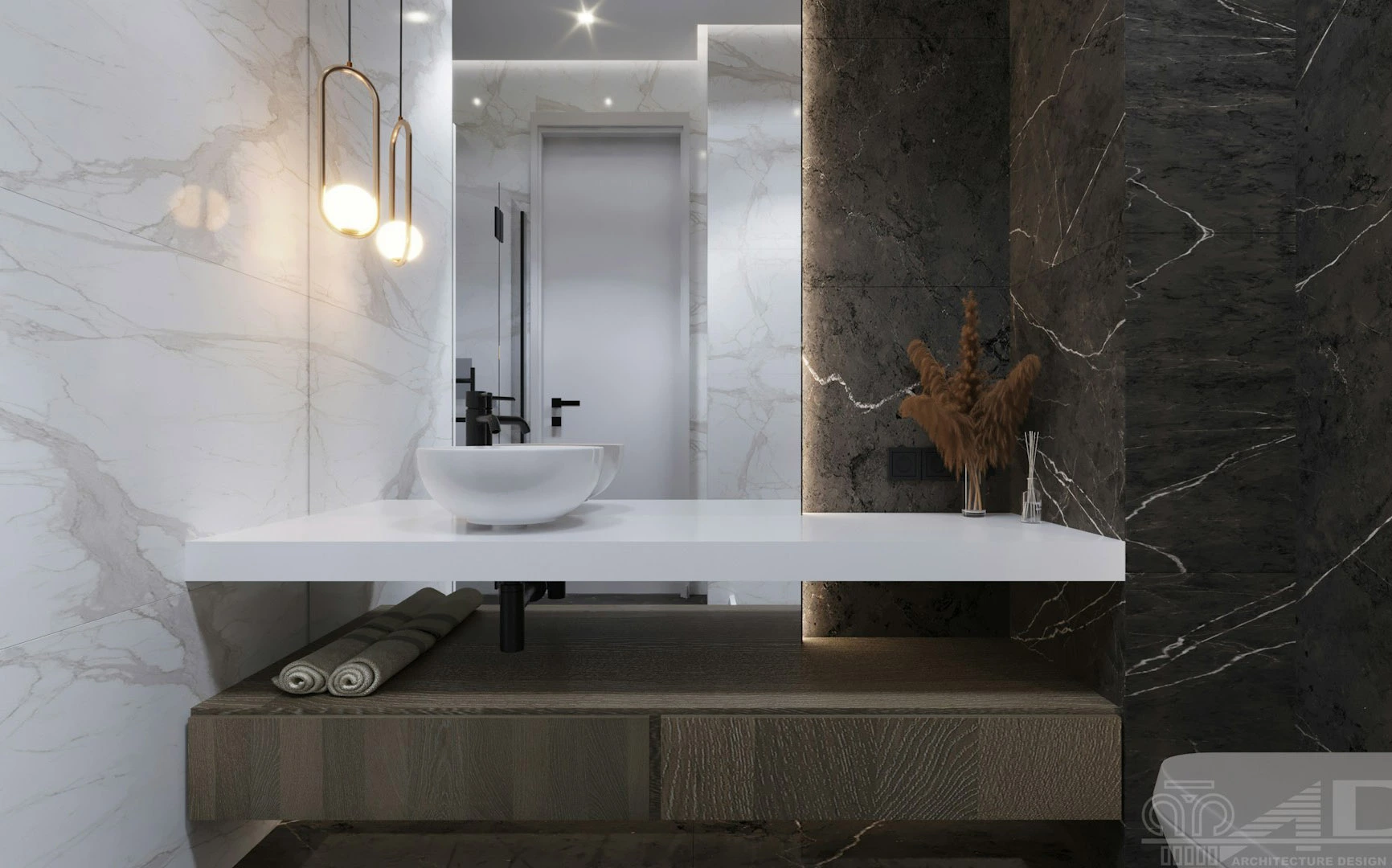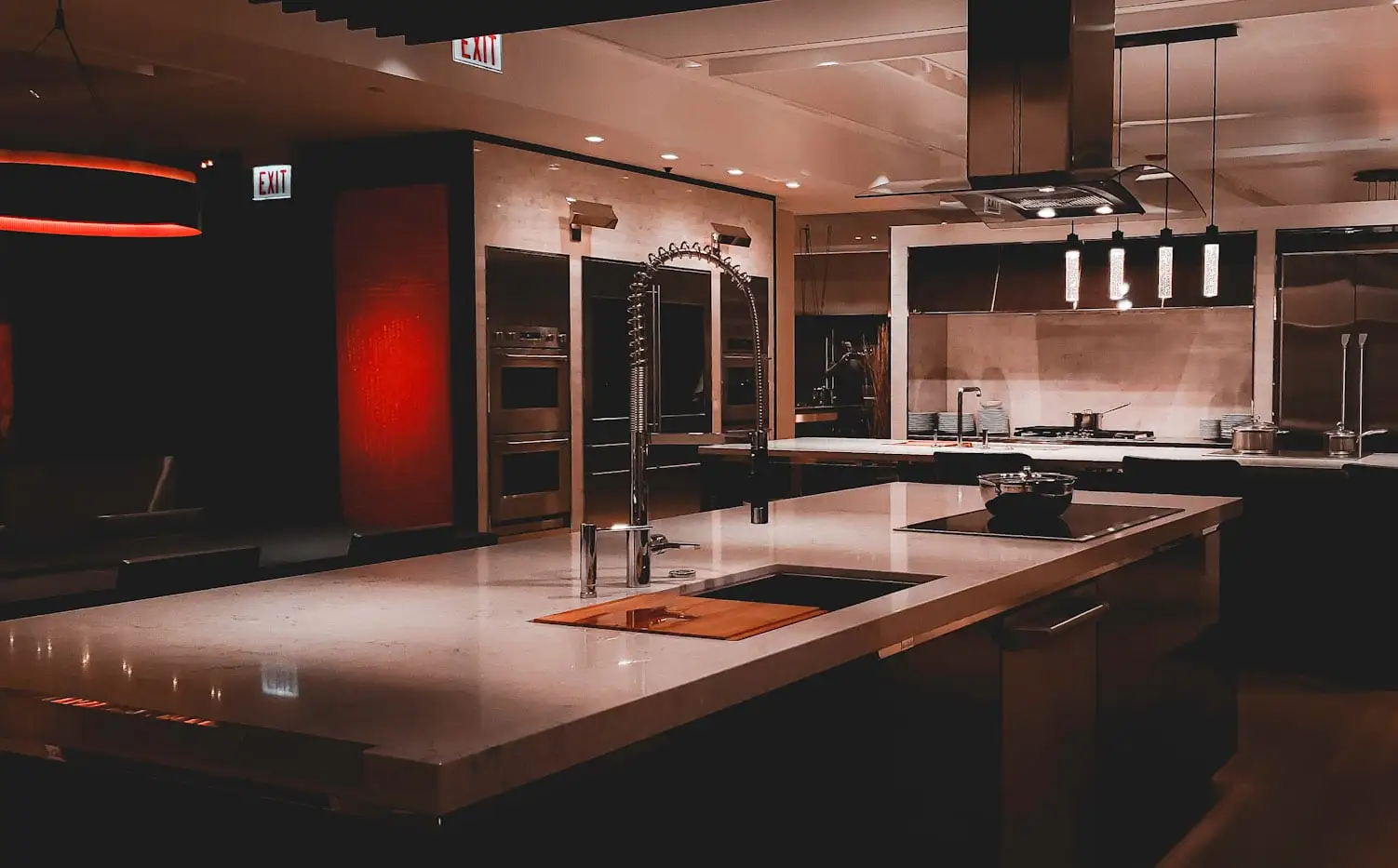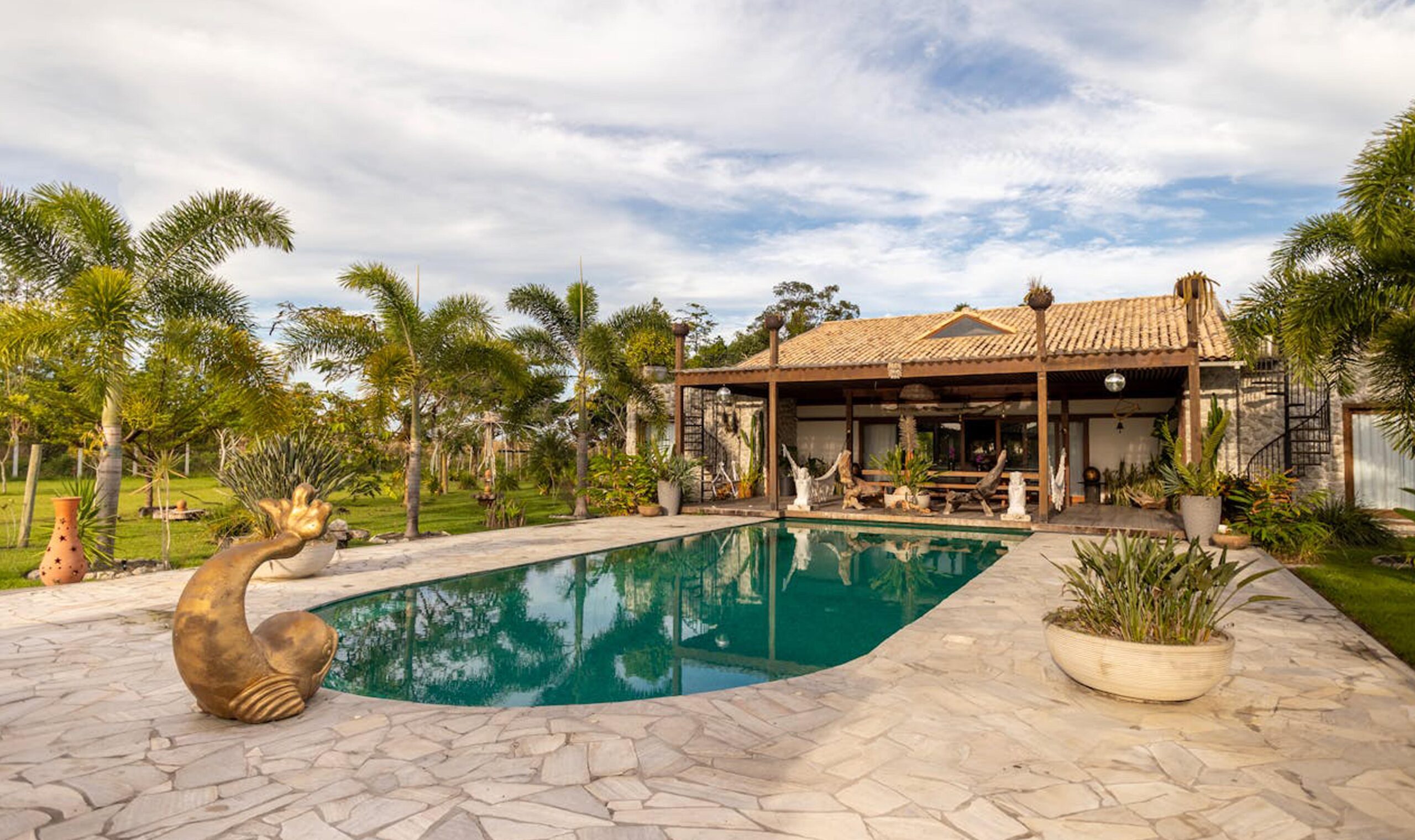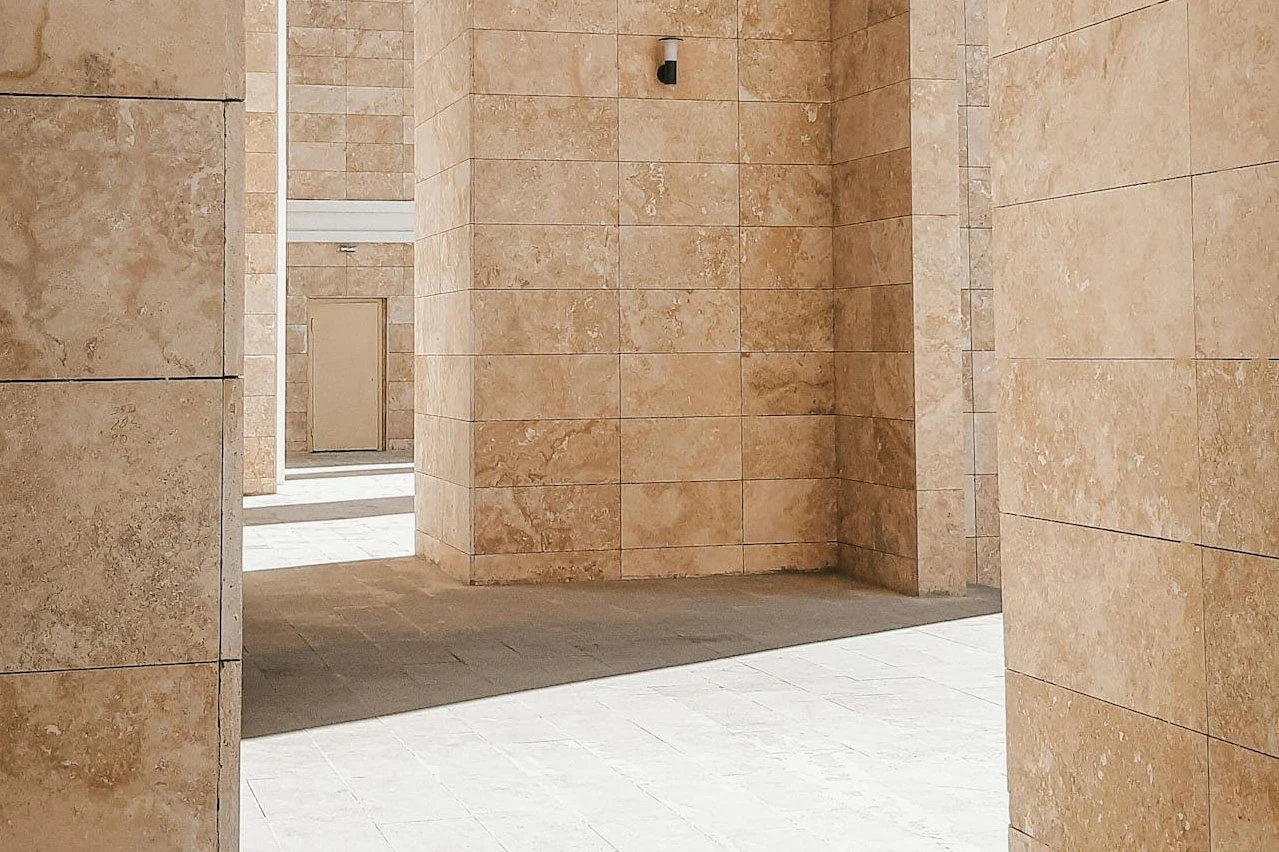Designing a luxurious villa in the Middle East comes with one key challenge: extreme heat and dry conditions. That’s where natural stone steps in—not just as a design element, but as a climate-smart solution. Whether you’re building in Dubai, Riyadh, Doha, or Muscat, using the right stone can enhance both durability and elegance.
In this post, we explore the best natural stones for villas in the Middle East climate, based on beauty, heat resistance, and local availability.
☀️ Why Climate Matters in Choosing Stone
Middle Eastern climates—especially in the Gulf region—feature:
Intense sun exposure (40–50°C in summer)
Dusty and sandy winds
Low humidity
Occasional flash floods
To handle this, your stone needs to be:
Heat-resistant
Non-porous or sealable
Durable against abrasion and erosion
Visually cooling (light colors)
🧱 Top 5 Natural Stones for Middle East Villas
1. 🪨 Granite – The Durable Performer
Best For: Kitchen countertops, flooring, exteriors
Why Granite Works: Granite is heat- and scratch-resistant, making it ideal for high-use areas. Its dense composition repels dust and doesn’t absorb heat easily.
✅ Tip: Choose lighter shades like beige or ivory to reflect sunlight and maintain a cooler indoor temperature.

2. 🏛️ Travertine – The Mediterranean Classic
Best For: Outdoor patios, pool surrounds, facades
Why Travertine Works: A porous limestone with natural holes, travertine keeps surfaces cool even under direct sun. Its textured finish also prevents slipping when wet.
✅ Tip: Use a light sealer to protect against sand and water absorption.
3. 🧼 Marble – The Luxurious Touch
Best For: Interior floors, walls, bathrooms
Why Marble Works: Though more sensitive than granite, marble adds luxury and elegance. Its cooling nature makes it perfect for indoor spaces, especially underfoot in the summer.
✅ Note: Use sealed marble in lower-traffic areas to avoid staining and etching.
4. 🏕️ Sandstone – The Natural Desert Look
Best For: Garden paths, accent walls, cladding
Why Sandstone Works: Its earthy tones blend perfectly with desert environments. While porous, it can be sealed to resist dust and moisture.
✅ Tip: Combine with minimalist landscaping for a desert-modern aesthetic.
5. ⛰️ Limestone – Classic, Cool, and Understated
Best For: Facades, outdoor seating areas, staircases
Why Limestone Works: Limestone’s light color and natural insulating properties make it a favorite for sun-drenched exteriors. It’s also easy to shape for custom designs.
✅ Note: Regular sealing improves resistance to weather and sand damage.
🧱 Quick Comparison Table
| Stone | Heat Resistance | Best Use | Maintenance | Price Range |
|---|---|---|---|---|
| Granite | ⭐⭐⭐⭐ | Floors, kitchens | Low | $$$ |
| Travertine | ⭐⭐⭐⭐ | Outdoors, pools | Moderate | $$ |
| Marble | ⭐⭐⭐ | Interiors, walls | High | $$$$ |
| Sandstone | ⭐⭐ | Gardens, accents | Moderate | $$ |
| Limestone | ⭐⭐⭐⭐ | Facades, stairs | Moderate | $$–$$$ |
🌟 Bonus Tip: Use Stone with Smart Design
To maximize comfort and performance:
Combine stone with high-insulation windows and shaded verandas
Use light-colored stones to reflect sunlight
Seal porous stones to prevent damage from sandstorms and humidity
🔚 Final Thoughts
Choosing the best natural stone for your Middle East villa is about balancing beauty with practicality. With materials like granite, travertine, marble, sandstone, and limestone, you can create spaces that are not only stunning but also designed to endure the region’s intense climate.
At Stoneman Magazine, we’re passionate about helping builders, architects, and homeowners make smart, stylish choices—stone by stone.

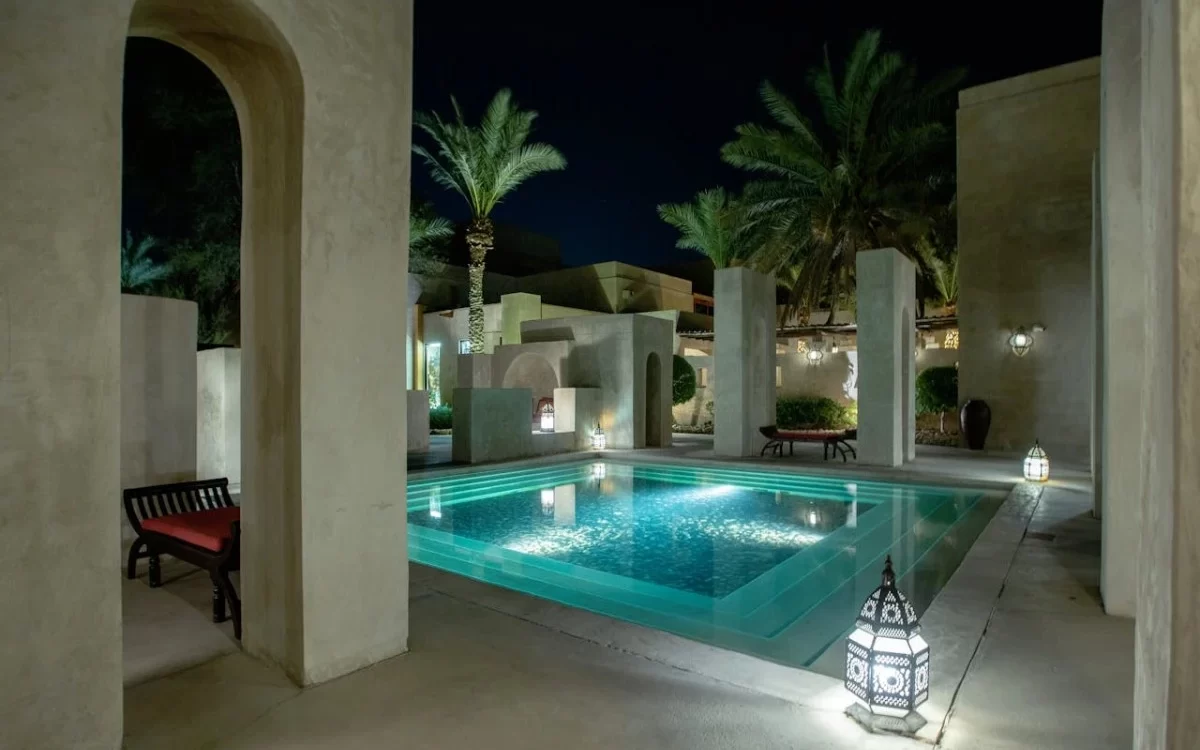
 Related Reads on Stoneman Magazine:
Related Reads on Stoneman Magazine:
